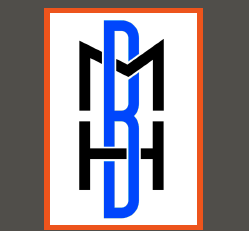
Edgar Allen Poe: El Cuervo
Oct 22, 2016 @ 7:00pm
Celebrate Halloween early with Edgar Allen Poe’s poetry set to Latin rhythms performed by Bobby Sanabria & Project X with guest vocalist Jenn Jade Ledesna.
Program:
Bembé
The opening represents a sacred ceremony of the Yoruba of Nigeria, who were brought to Cuba as slaves during the colonial period. These traditional prayer and songs are for Elegua, the Guardian of the Crossroads, who opens and closes the path and owns aché (the Yoruba concept of “positive ener- gy”); and Ogún, a warrior deity, owner of the implements of war and pur- veyor of justice and truth.
The Raven (fragment)
(music: Equinox by John Coltrane)
To close the evening selected stanzas of The Raven were chosen to recite to the accompaniment of one Coltrane’s most well-known 12-bar blues com- positions, the haunting, Equinox.
Annabel Lee
Written in 1849, this was the last complete poem Poe wrote and there has been much debate regarding who inspired the poem. Some say it was his wife, Virginia, who had died two years earlier. Tonight this poem is performed to a mambo, the Bantú Congolese word for a repetitive song or chant. Mambo is a musical form was developed by Cuban musicians Arsenio Rodríguez, Cachao and his brother Orestes Lopéz, Antonio Arcaño, and Damaso Pérez Prado. It reached its zenith in New York City when it was combined with jazz arranging techniques in the music made popular by the three Mambo Kings—Machito, Tito Puente, and Tito Rodríguez.
To—
(music: A Love Supreme by John Coltrane)
Poe wrote this poem in honor of his wife’s nurse, Marie, after Virginia passed away.
To M.L.S.
(music: Naima by John Coltrane)
Another poem Poe wrote for Marie Louise Shaw, Virginia’s nurse.
Eldorado
(music: Danzón para Federico Fellini by John DiMartino)
Poe wrote this poem after reading about the discovery of gold in California and the ensuing Gold Rush. The poem is set to the genre of music, called danzón that was developed by the composer and musician Miguel Failde in 1876 in Matanzas, Cuba. It combines the French and British-based contradanse with Afro-Cuban based rhythms. Soon after an improvised section called the montuno was added that would later inspire the creation of the cha-cha-cha.
The Bells
Some say the bells in this poem refer to those of the chapel that is now part of Fordham University. Tonight the poem is recited to the rhythm of the conga de comparsa which is a celebratory Afro-Cuban Carnival procession that features drums, vocals, dance, and of course, bells. It is per-formed on January 6th in Havana and September 24th in the city of Santiago, and in the context of ballroom dances, it traditionally is the number that closes the evening. The socio-political significance of the conga de comparsa cannot be minimized. During the colonial period, it was the only time that slaves were on an equal level with their masters.
